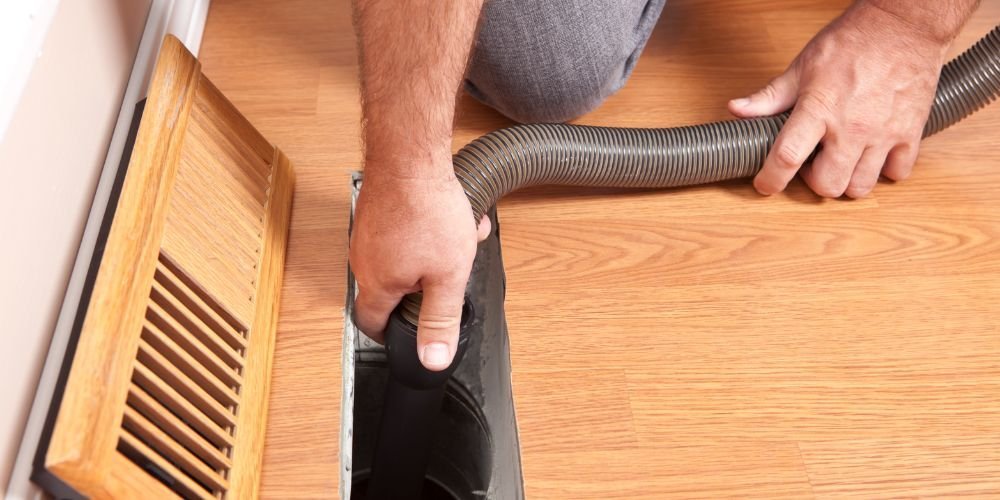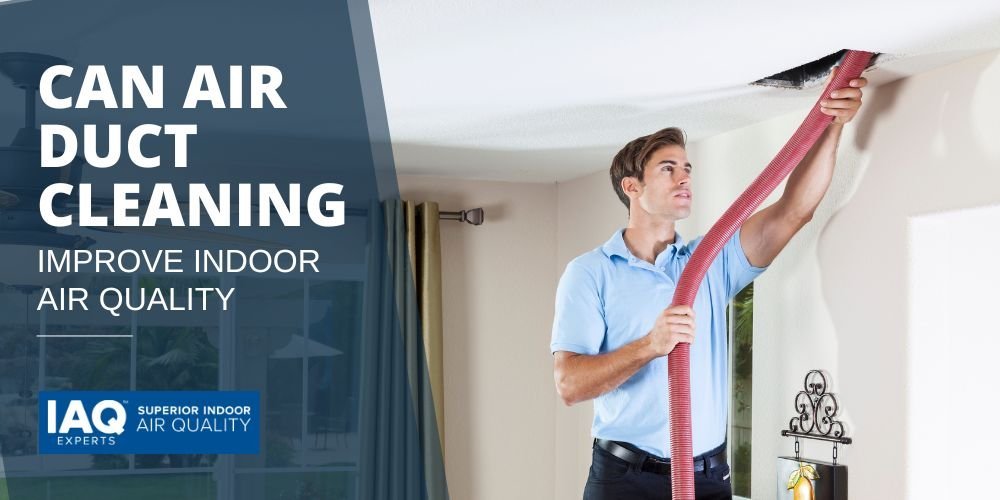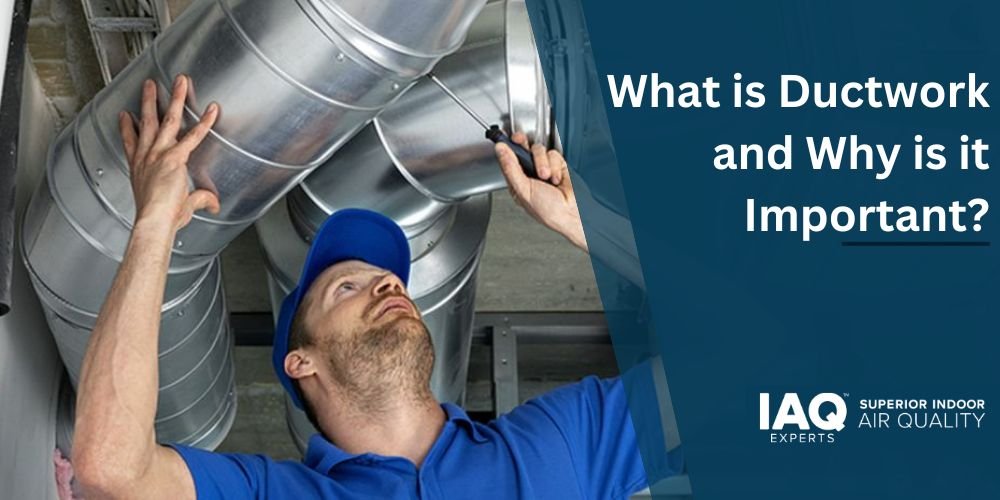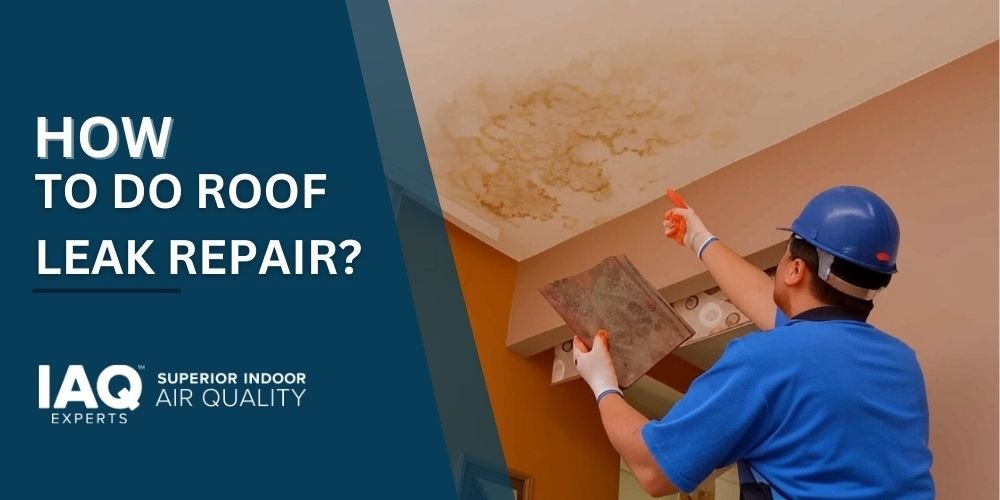We spend a significant chunk of the day indoors, so the air we breathe is essential to life and health. Indoor air quality measures how badly polluted or contaminated the air in a building or a home is, ranging from mere allergies to respiratory problems or even asthma.
Introduction
One will likely come across air duct cleaning that improves indoor air quality. But does it? This blog explores the science behind duct cleaning and how it can help determine the best option for your home.
Understanding Indoor Air Quality (IAQ)
IAQ stands for indoor air quality, which refers to the air quality inside. The winds and actions of the sun automatically clean up and dilute outdoor air from pollutants, but indoor air becomes highly vulnerable. The origins of these pollutants are many, with some of them including:
- Outdoor sources: Pollen, dust, and air pollution gain entry through windows, doors, and, in some cases, even the ventilation system.
- Indoor sources: Sources of poor IAQ include, but are not limited to, “dust mites, pet dander, mold cigarette smoke, cleaning products, and off-gassing from building materials.”
This long-term exposure can irritate the eyes, nose, and throat and worsen allergic conditions and asthma. Extreme long-term exposures can lead to much more severe health consequences.
What is Air Duct Cleaning?
The HVAC system of the in-home air features a braided network of air ducts conveying conditioned air throughout its structure. Over time, dirt, dust, debris, mold spores, and other dangerous organic chemicals accumulate on the air ducts located within the ventilation system. Investing in air duct cleaning services every 3 to 5 years, or more frequently.
That is the crux when you talk about cleaning the air duct; basically, this means cleaning such impurities physically from the duct structure. Here, in layperson’s terms, is the procedure used for air duct cleaning:
- Inspection: A qualified technician will first inspect sheets of ducts and, after gauging their condition and blockage, decide to what extent they need to clean the air.
- Debris Removal: These include dust, debris, and other particles within the ductwork, all eliminated using special tools such as negative air machines and high-powered vacuuming.
- Component Cleaning: In addition to the ducts themselves, the registers, grilles, and fans, along with the many other components inside the system, are cleaned.
- Professional vs. DIY: Even though you can buy a DIY kit, get a professional to clean your ducts. A professional has all the skills and experience necessary to clean your ducts without damaging them.
Factors Influencing the Effectiveness of Air Duct Cleaning
Several factors define the effectiveness of air duct cleaning in IAQ improvement.

- Condition and Age of the HVAC System: It is doubtful that heavily clogged and damaged ducts replete with mold growth would be suitable for cleaning. At the same time, well-maintained systems with very little dusty deposit would benefit little from cleaning.
- Presence of Specific Contaminants: While air duct cleaning helps remove common obstructions, such as dust or dirt, seeking specialized services is necessary for cleaning problems like mold remediation or pest control.
- Regular Maintenance and Cleaning Schedules: Regular removal can eliminate much of the dust that might otherwise accumulate in the ducts by regularly changing the filters and performing routine maintenance on the HVAC system.
- Quality of the Cleaning Service Provider: A legitimate and certified NADCA—National Air Duct Cleaners Association—member company prescribes cleaning methods that will remove contaminants from the system without causing any damage to the ductwork properly.
Alternative and Complementary Solutions for Improving IAQ
While duct cleaning can help, it is not a cure-all or the only help one can give to improving indoor air. Here are some alternative or complementary steps you can take:
- Regular Maintenance of HVAC Systems: Regular maintenance of HVAC systems ensures optimal performance and longevity. The heating and cooling system should be serviced routinely at intervals to maintain good airflow and filter air. The most critical point in the process is changing the air filter. Using a high-efficiency filter commonly involves cleaning the air ducts every time.
- Use of Air Purifiers: It is very much needed in every household, especially if one person has allergies or asthma. The gadget keeps evacuation to stuff like pet dander, smoke, and dust unhealthy for your breathing place.
- Proper ventilation: Open windows and doors to allow more ventilation whenever possible, especially when doing activities that generate pollutants, such as cooking or cleaning. Ensure that your home’s kitchen and bathroom exhaust fans work correctly.
- Housekeeping Practices: Some ways to reduce dust mites, pet dander, and other allergens that exacerbate poor IAQ are regular vacuuming with a HEPA filter, dusting, and damp mopping. Moisture problems- leaks, condensation- We must prevent them because mold will grow.
Conclusion
Cleaning only the air ducts can increase the indoor air quality of the building, particularly other practices such as HVAC maintenance and filtration devices. The most professional people against which you can trust an IAQ Cleaning are people.
IAQ Cleaning will make your airways dust-free and clean by removing dust particles and filth from your ductwork with our professional air duct cleaning services.
With IAQ Cleaning, you can be sure of certified professionalism to bring peace of mind to indoor air quality services. Consider your IAQ improvement for all your air duct cleaning needs, which means getting cleaner and healthier breathing air in the home.




